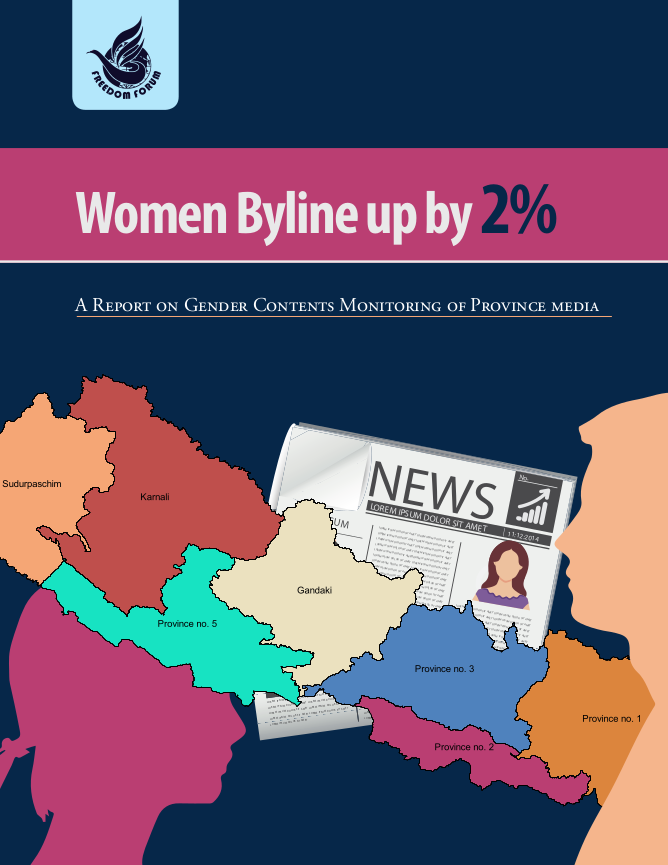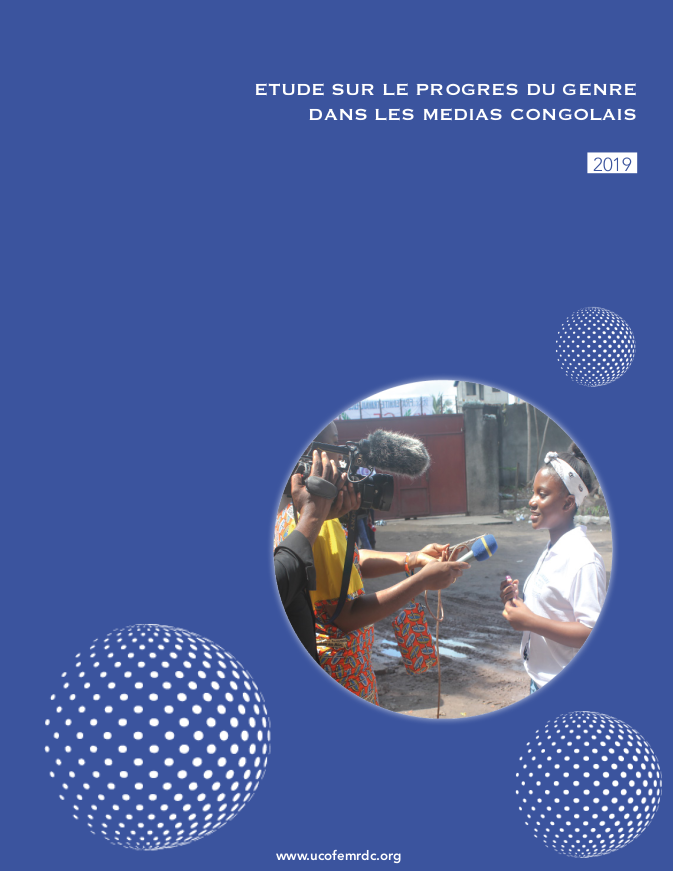Gender content monitoring is an important strategy to gather data on how men and women are portrayed in media content, as well as to raise awareness and advocate for change. This page outlines methodologies used for gender-based media monitoring, tips on how to use the data gathered, and examples of how it is implemented in different countries.
The Accountability Resource Guide provides more information about media content monitoring in general and presents the Free Press Unlimited media content monitoring toolkit.
What is gender content monitoring?
Media content monitoring is a scientific method that examines the quality of content produced by media, by looking at the articles, videos or audio produced. The method can be used to gather data on how women and men are represented in media content. This is done by for example counting the number of women and men that are featured as sources in stories, gathering data on the topics women and men report about and examining whether news stories perpetuate or challenge stereotypes.
The most well-known methodology for gender-based media content monitoring was developed by the Global Media Monitoring Project. Every five years, teams of volunteers in more than 110 countries monitor the gender representation in news media on a specific day. This provides the most comprehensive data on gender representation in news media worldwide.
Global Media Monitoring Project 2020
In 2020, the Global Media Monitoring Project will conduct the 6th edition of the global study. Find out more about the 2020 edition on the GMMP website.
Online platform – Mediascan
In collaboration with Free Press Unlimited, the Tuwindi Foundation developed an online platform for media content monitoring called Mediascan. This platform enables users to submit data through an online collection form or app and automatically presents the data in graphs.

Media content monitoring toolkit
Free Press Unlimited developed a media content monitoring toolkit, which provides media outlets and media development organisations with guidelines to develop and implement a media content monitoring methodology. This includes gender content monitoring.
How to use gender content monitoring results
Media monitoring data can be used for multiple purposes:
Advocacy
Data can be used to demonstrate gender inequality in the media and to call on media organisations to change their reporting practices. For example, de data of the Global Media Monitoring Project is widely used to show the underrepresentation of women in media content worldwide and advocate for change.
In Nepal, Freedom Forum publishes media monitoring reports every 3 months, highlighting gender representation in national and provincial media. The findings are presented to the media outlets concerned and these meetings are used to discuss plans for improvement. As a result, two media organisations have already improved their media content with regards to gender representation as well as the working conditions of women journalists. Read the story here.
Toolkit
The gender and media advocacy toolkit, by WACC gives practical guidelines on how to use the data of the gender media monitoring for advocacy.
Self monitoring to improve content
Monitoring is an effective way to raise awareness within media outlets about the gender representation in their own content and how to improve it. For example, BBC initiated the 50:50 project, where editorial teams monitored the number of male and female contributors to their own programmes. This has resulted in a sharp increase of contributors who are women. Free Press Unlimited currently uses this methodology to monitor its own communications.
Learn more
The BBC 50:50 project report outlines the main achievements of the BBC 50:50 project in 2020. The data in this report strongly indicates that cultural change is taking hold at the BBC, and that it is sustainable. Of the teams who have been part of the initiative for at least two years, 78% reached 50% female representation in March 2020.
Coaching and training
Media content monitoring data can be used for training and learning purposes, since it helps to keep track of progress in reporting of a media outlet. Trainers can for example read and discuss the reports published and use it to develop training sessions. Regular monitoring also helps to keep track of progress over time.
Examples
Some examples of media content monitoring reports published in cooperation with Free Press Unlimited are:

Media monitoring in Nepal by Freedom Forum
Find more on their website.

Media monitoring in Mali by Tuwindi Foundation

Media monitoring in Democratic Republic of Congo by Ucofem
